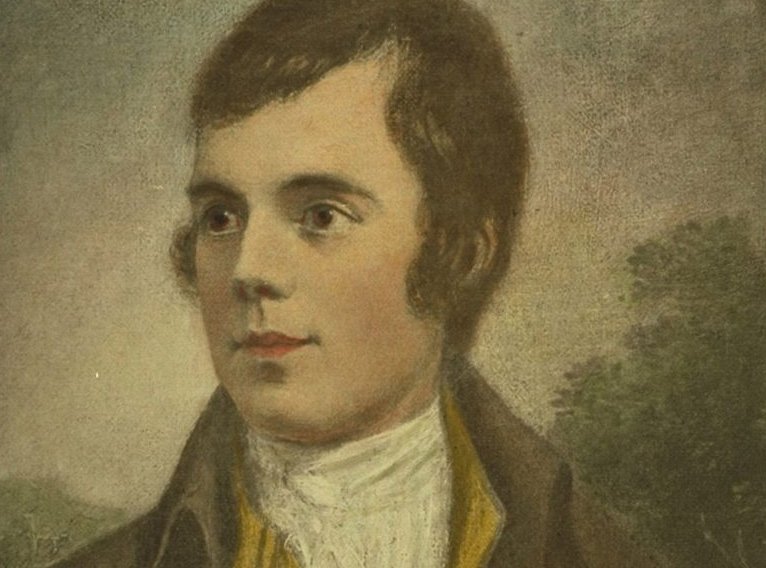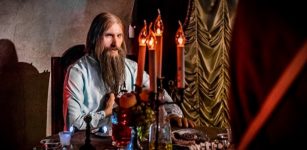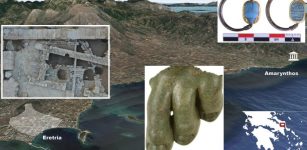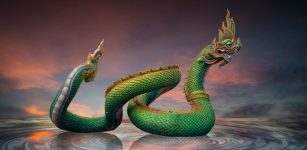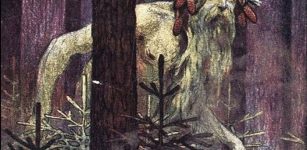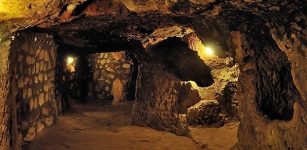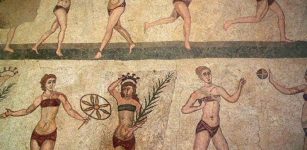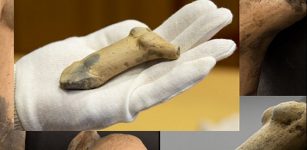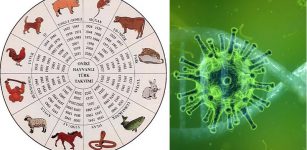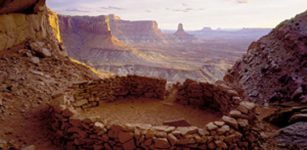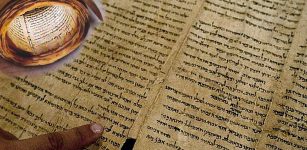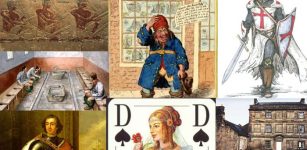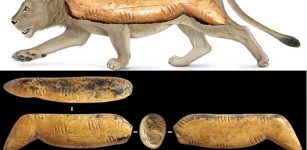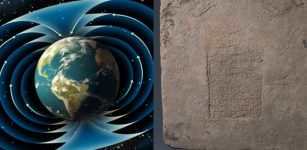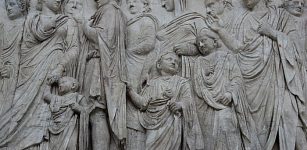New Method Reveals Falsified And Original Manuscripts Of Famous Robert Burns
AncientPages.com - Robert Burns also known as Rabbie Burns (1759 – 1796), was a Scottish poet and lyricist. He is widely considered as the national poet of Scotland and one of Scotland’s most famous writers.
However, it is known that some collections of his work were forged and now, researchers in Scotland have developed a mass spectrometry technique that can spot the differences between the genuine documents and the fakes.
The nondestructive method, which is now used to authenticate Burns’ manuscripts, can be also used for testing of several other historical documents, researchers say.
“Burns lived in the latter half of the 18th century, writing poems in a Scottish dialect that appealed to national sentiment. People around the world still celebrate Scottish culture on his birthday, Jan. 25, with a “Burns supper” of haggis. (“Great chieftain o’ the puddin’-race!” wrote Burns of the dish), according to C&En.
Burns became more and more popular but also forgers worked hard to falsify his manuscripts.
One of them for example was Alexander Smith (also known as the "Antique Smith"), who was jailed in the 1890s for his efforts. Smith was a Scottish document forger in the 1880s. It is said that his forgeries still surface today.
According to Karl Burgess, a mass spectrometry expert at the University of Glasgow, a technique called direct infusion nanospray mass spectrometry, could produce detailed chemical fingerprints of the manuscripts’ inks. Since Burns wrote with different inks than the forgers, the technique would allow Burgess’ team and others to weed out the impostors.

Researchers tested "The Five Carlins," an original poem by Robert Burns (left), and part of a forgery by Alexander Smith of Burns’s poem "Dainty Davie" (right). Credit: James Newton
The technique has been tested on three authentic Burns manuscripts and seven of Smith’s forgeries. The method and a machine-learning algorithm helped to find 94 features in the mass spectra of the ink samples that were unique to either Burns’s and Smith’s manuscripts, enough to reliably distinguish between them.
“I think it’s a really interesting new technique that hasn’t been applied to manuscripts before,” says Matija Strlic, who develops methods for heritage science at University College London.
Mass spectrometry has been used in forensic investigations of modern inks, but in this case, it was important to develop a nondestructive method that could analyze the document without destroying it.
“So we spent a lot of time and effort making sure that our method was nondestructive”, Burgess says.
While the Glasgow group was developing the method, Burgess’ student James Newton spent the first year of his Ph.D. creating his own Burns forgeries to practice on. Newton mixed up different types of black ink using centuries-old recipes that sometimes included lard, treacle, and stale beer.
“It was essential to have something similar enough to the real documents,” Burgess says.
Although he generally uses mass spectrometry in biomedical research, Burgess is no stranger to such unusual diversions. “This is just one of a long line of off-the-wall projects,” he says. “I’ve worked on everything from Martian meteorites to wildebeest hair.”
AncientPages.com

